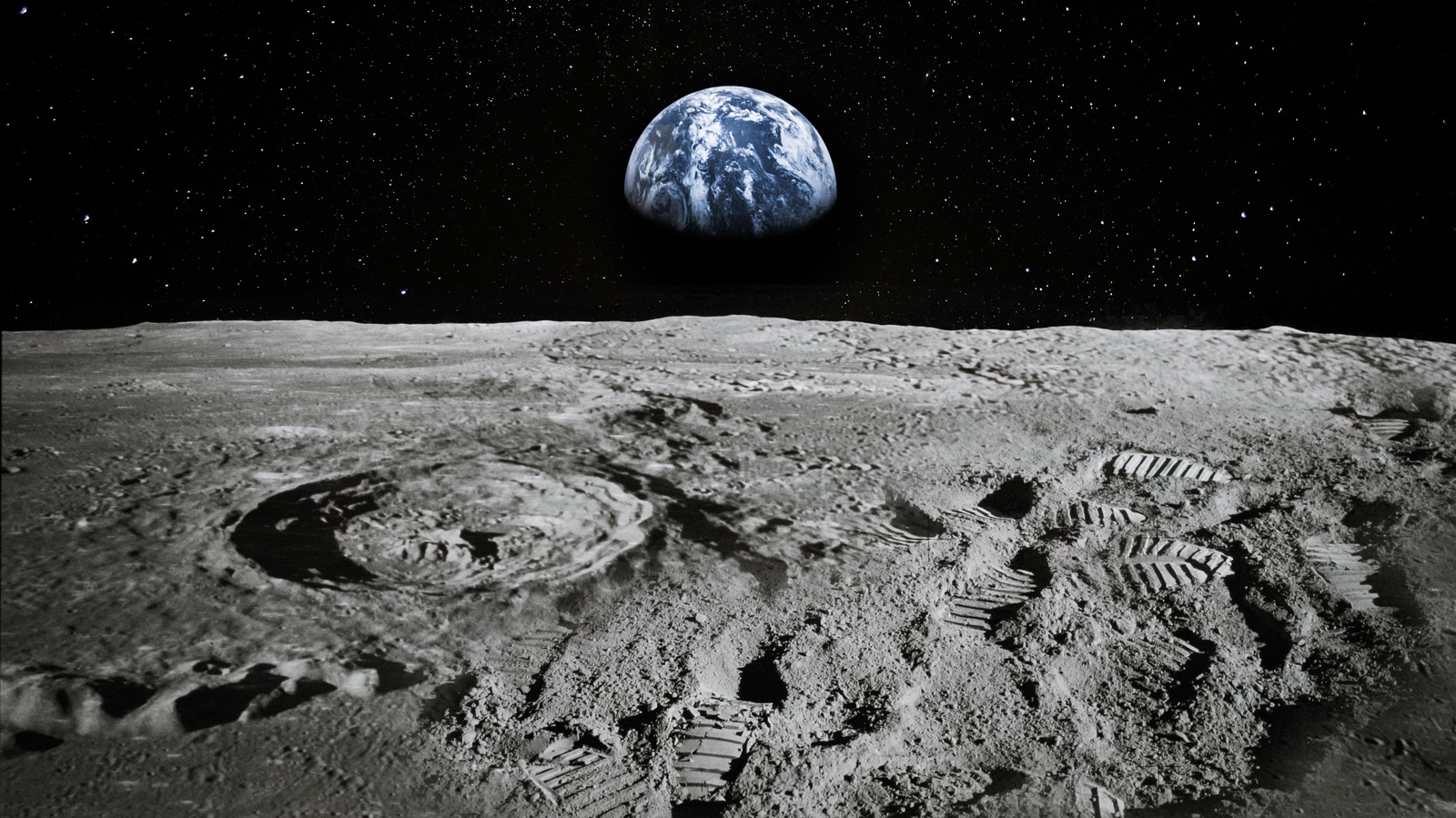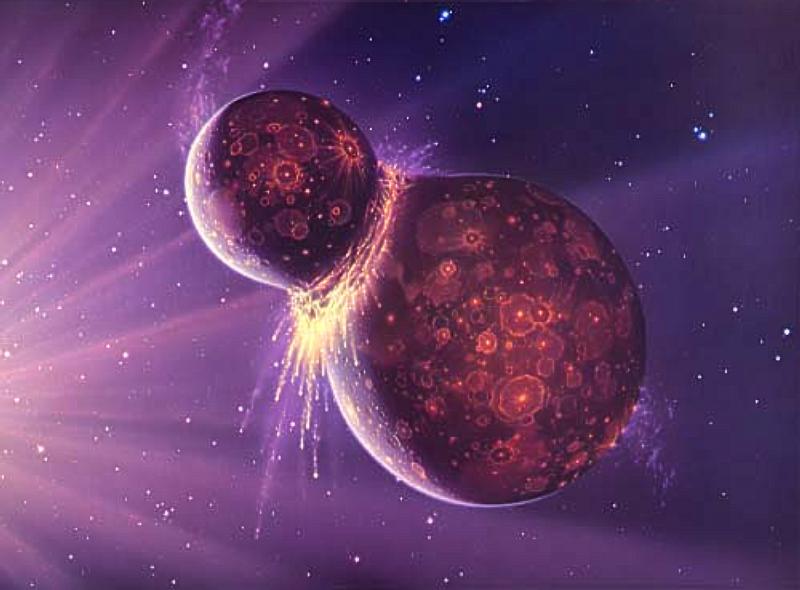
For generations, the Moon has fascinated people around the world. Read to know how it came into being.
Origin of the Moon: Secret unlocked
Ever since Galileo’s first observation of our satellite in 1609, researchers, experts, writers, and common folk have been obsessing over it. Poets, artists, and writers have also lauded it in their works. A research team from ZTH Zurich published a new study in the Science Advances Journal. The team of geochemists, petrologists, and cosmochemists explain the moon inherited neon and helium from the Earth’s mantel. The theory supports the giant impact theory. According to it, the formation of Earth’s satellite is from debris, following a collision of the early Earth and a smaller proto-planet.
Patrizia Will, a cosmochemist analyzed samples from six lunar meteorites from Antarctica. The samples are provided by NASA. As per a phys.org report, they consist of basalt rock formed from welling of mama from the interior of the moon. The samples were covered by additional layers of basalt after formation. This protected the rocks from the solar wind and cosmic rays. The cooling process led to the formation of lunar glass and other minerals present in magma.
The search for origins

Supporting the theory, they also found that the glass particles contained the chemical fingerprint of neon and helium. Moreover, the noble gases are from the interior of the natural satellite. “Finding solar gases, for the first time, in basaltic materials from the is unrelated to any exposure on the lunar surface was such an exciting result,” stated Will. “I am strongly convinced. There will be a race to study heavy noble gases and isotopes in meteoritic materials,” stated Henner Busemann. Busemann is a professor at ETH Zurich and a leading scientist in the area of extra-terrestrial noble gas geochemistry.
Additionally, he is anticipating that researchers will start looking for other noble gases. Especially such as krypton and xenon which are challenging to identify. “While such gases are not necessary for life, it would be interesting to know how some of these noble gases survived the brutal and violent formation of the moon. Such knowledge might help scientists in geochemistry and geophysics to create new models that show more generally how such most volatile elements can survive planet formation, in our solar system and beyond,” he added.






